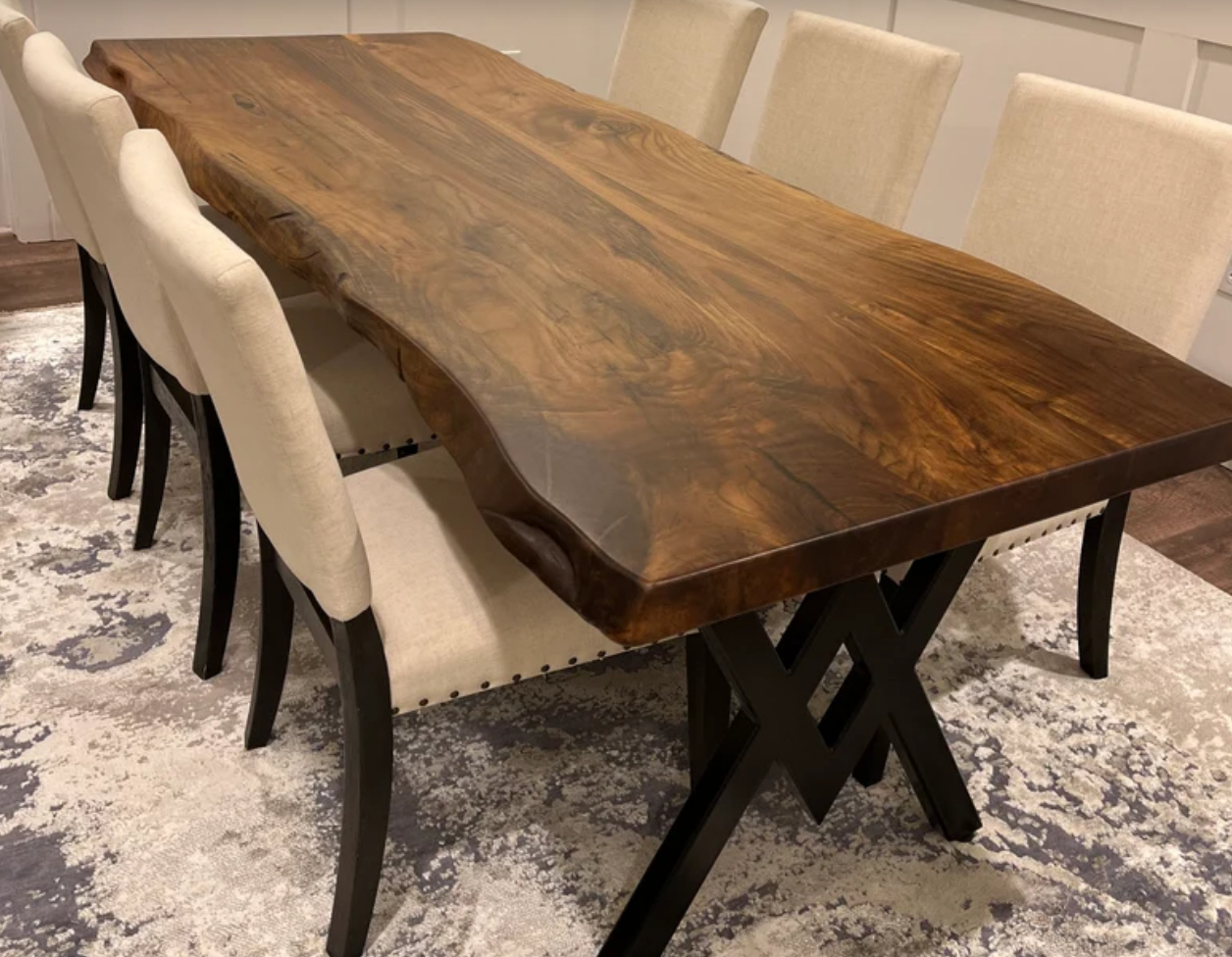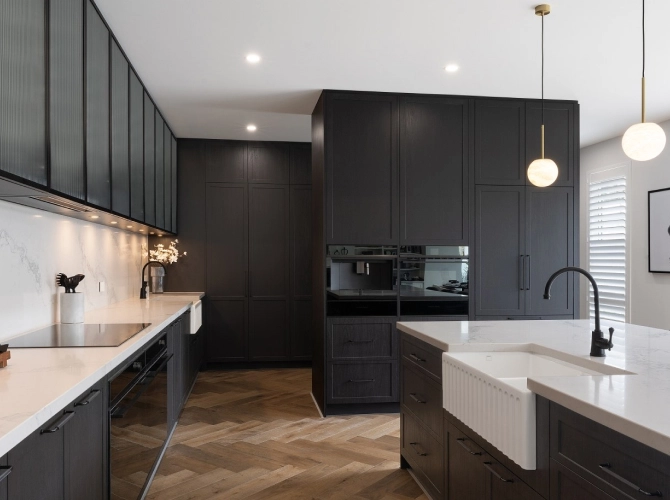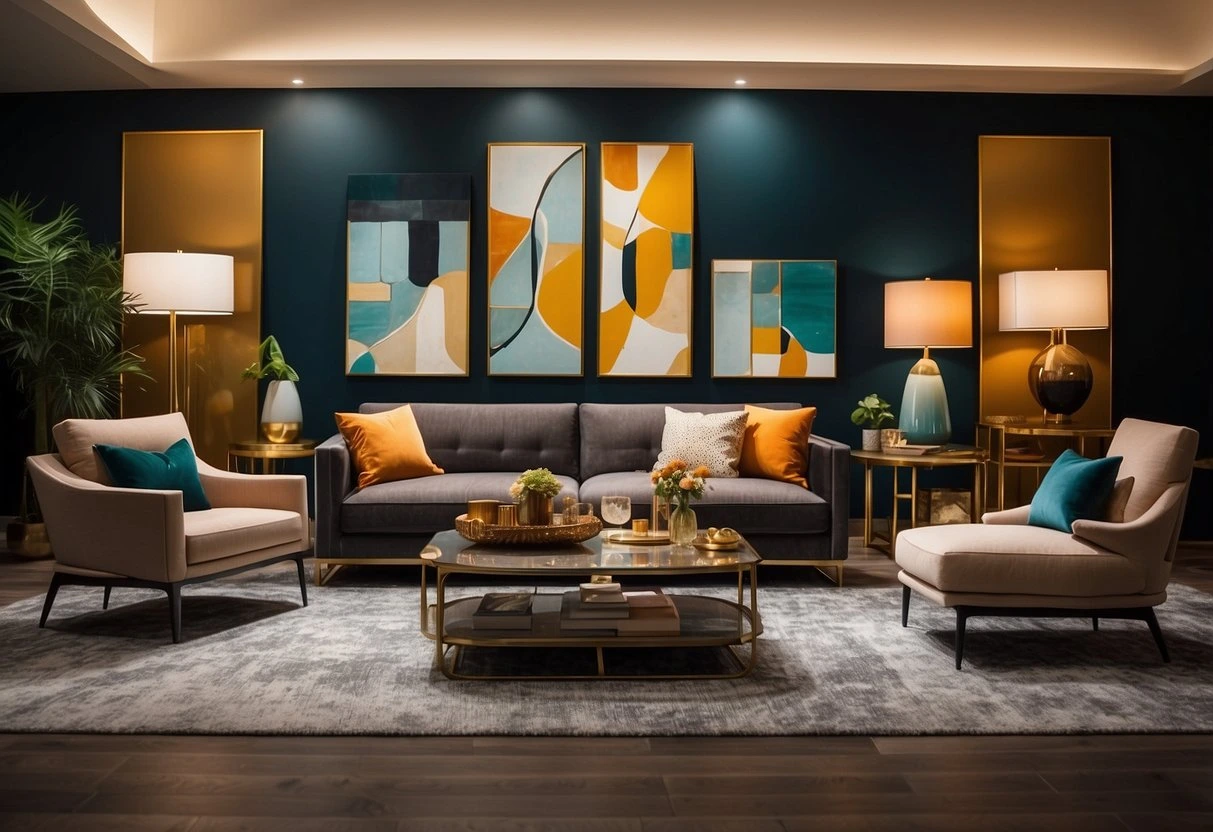
Bespoke furniture is all about creating pieces that perfectly fit your lifestyle and taste. Selecting the right materials is crucial in designing pieces that are not only beautiful but also durable. Each material offers its own unique characteristics and advantages, which can influence the look and function of your furniture.
Whether it’s the rich texture of wood or the sleek appeal of metal, choosing wisely can enhance the overall aesthetic of a room. It’s like picking the perfect ingredients for a recipe; the right materials can bring out the best in your furniture, making it both functional and stylish.
Additionally, considering sustainable and eco-friendly options can make your bespoke furniture more kind to the environment. This thoughtful approach ensures that your furniture not only looks good but also feels good in contributing to a healthier planet. Understanding material choices in bespoke furniture is an exciting and rewarding journey that starts with exploring your personal style and needs.
Understanding Material Options
Choosing the right material for bespoke furniture is like selecting the right tool for a task. Each material offers distinct advantages and can greatly influence the final product. The most common materials used in creating bespoke furniture are wood, metal, and upholstery fabrics.
Wood is often the go-to choice for its timeless beauty and versatility. It comes in various types, each with its unique grain pattern and colour. Hardwoods like oak, mahogany, and walnut are popular due to their strength and durability. They provide a classic look and can be easily customised with stains and finishes to suit any design preference.
Metal provides a modern and sleek aesthetic. Metals such as steel, aluminium, and iron are valued for their strength and ability to form structurally complex designs. Metal is a great choice for those seeking contemporary furniture or for integrating industrial elements into a space. It often pairs well with other materials to create striking contrasts.
Upholstery fabrics are key when comfort and texture are priorities. From luxurious leathers to durable synthetics, upholstery choices add softness and colour. Fabrics can define the style of a piece, whether it’s a plush velvet armchair or a robust outdoor cushion. They’re essential for areas where comfort takes centre stage.
Each material offers different features and benefits. Understanding these helps in selecting materials that align with the desired function and style of the furniture piece.
Evaluating Durability and Maintenance
Durability is a critical factor when selecting materials for bespoke furniture. It’s important that the chosen material can withstand daily use while retaining its appearance. Different materials vary in terms of how they wear over time, and knowing what to expect can save frustration down the line.
Key factors to consider for material durability include:
- Wear Resistance: Some materials resist scratches and dents better than others. For example, hardwoods are more resilient than softer woods like pine.
- Moisture Resistance: Areas prone to humidity need materials that can handle moisture without warping or moulding, like treated metal or specific types of treated wood.
- Ease of Repair: It’s helpful to know how easy it is to fix any damage. For instance, wood can usually be sanded and refinished, while fabric might require professional cleaning or patching.
Maintenance requirements are another important aspect. Different materials demand different levels of care to maintain their looks and function. Wood might need polishing, metal surfaces might rust if not properly maintained, and fabrics could require regular cleaning to keep them fresh.
Understanding the upkeep of each material helps make informed choices that align with your lifestyle and willingness to devote time to maintenance. This awareness ensures that your bespoke furniture remains a beloved part of your home for many years.
Considering Aesthetics and Style
The choice of materials plays a vital role in determining the aesthetic appeal and style of bespoke furniture. Each material can alter the look and feel of a piece, transforming it from casual to formal, rustic to modern. Understanding these stylistic impacts helps in selecting options that fit seamlessly within your home’s decor.
Wood, with its natural warmth and variety of grains, can provide a classic or rustic look. Lighter woods like ash and maple offer a fresh, airy feel suitable for contemporary spaces, while darker woods like cherry and mahogany add elegance and depth, making them perfect for traditional settings.
Metals such as stainless steel and aluminium lend a modern and sleek appearance. They shine in minimalist or industrial designs, adding a touch of sophistication. Metal’s reflective qualities can help brighten a space, complementing open layouts or rooms with modern themes.
Upholstery fabrics introduce texture and comfort. Choosing bold patterns or rich colours can make a striking statement, while neutral tones or soft textures create a relaxing and inviting atmosphere. Mixing different materials, like combining wood with metal accents or soft fabrics, can also bring balance and interest.
Matching materials with your interior design theme enhances harmony and personal expression. Consider colour palettes, existing furniture pieces, and your unique style to make choices that reflect your taste and enhance your living space.
Sustainable and Eco-Friendly Choices
Sustainability is becoming a key consideration in material selection for bespoke furniture, reflecting a growing awareness of environmental impact. Choosing eco-friendly materials not only benefits the planet but also ensures healthier indoor environments.
Recycled and reclaimed materials are excellent eco-friendly options. Using reclaimed wood not only reduces deforestation but also weaves a story into each piece, as it often comes with unique textures and history. Bamboo is another sustainable choice, known for its rapid growth and strength, making it ideal for various furniture designs.
Low-impact manufacturing processes and finishes are also crucial. Natural oil or water-based finishes avoid harmful chemicals, improving indoor air quality and providing a safer option for homes with children or sensitive individuals.
Beyond materials, sustainable practices like sourcing locally can reduce the carbon footprint associated with transportation. It supports local economies and often results in a quicker turnaround time for projects.
Embracing sustainability in furniture crafting enriches the overall value and integrity of bespoke pieces. It’s about more than materials; it’s about conscious choices that help protect our environment while providing beautiful, timeless furniture.
Conclusion:
Choosing the right materials for bespoke furniture involves balancing aesthetics, durability, maintenance, and sustainability. It’s an engaging process that leads to creating furniture that truly fits your home and lifestyle. Each decision made in the crafting process reflects personal style and commitment to quality, resulting in pieces that are not only functional but also stand the test of time.
When seeking out bespoke furniture, consider how material choices can impact the longevity and appearance of each piece. Integrating sustainable options can make this an even more rewarding journey, embodying principles of both beauty and responsibility. As you explore your options, remember that the right materials can transform furniture from simply functional to exceptionally personal and environmentally conscious.
Let Cedar help guide you on this journey of crafting bespoke furniture that suits your needs and expresses your style. Our expertise in creating custom solutions ensures each piece is tailored to your home. Contact Cedar today and let our team help bring your unique vision to life with quality and care.



